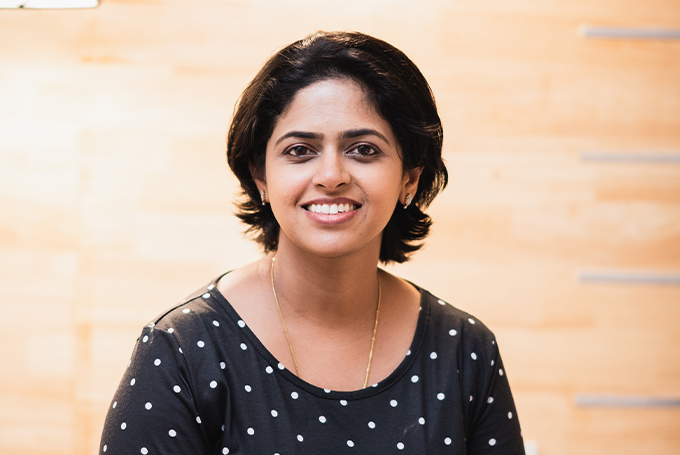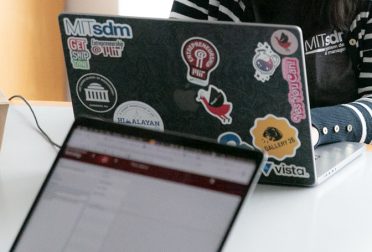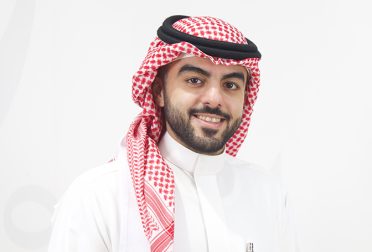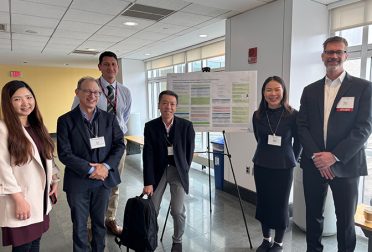by Stefanie Koperniak
The MIT Creative Arts Competition, which seeks to encourage and fund arts-focused startups, brought in a record number of participants for the 2022-23 competition. Of the 41 teams who submitted proposals, ten teams made it to the semi-final round, attending workshops and receiving feedback from mentors. Half of these teams then made it to the final round in April, presenting their pitches to a jury at the MIT Innovation Headquarters. Ultimately, the $15,000 first prize was awarded to the team behind the audio storytelling app Monki Tox, founded by SDM fellow Divya Iyer.
Currently based in Germany, Divya began the SDM program last year, focusing on system thinking, architectures for complex systems, and management of products across their complete life cycle. For much of her career, she has managed the development of automotive systems, and she pursued the SDM program to further build her engineering management skills.
At the same time, Divya says she has always had a passion for public speaking and storytelling.
She has often sought out opportunities in this area, and started a podcast themed around the empowerment of women. As a mother, she became especially interested in finding high-quality, screen-free, audio content that would connect Indian children to their cultural roots.
“Monki Tox happened in two parallel worlds,” says Divya. “It grew from the world of cultural storytelling and also the world of system engineering.”
Divya and her team entered the Creative Arts Competition with a layout of the app and were able to build it as they progressed through the competition, culminating in a soft launch.
The central content of Monki Tox consists of traditional stories selected from Indian epics, folktales, and songs. Monki Tox focuses on preserving Indian cultural traditions, and as part of this, the stories are offered in English and several other languages spoken in India. Childcare experts, teachers, and parents then work to shape the content, making the stories relevant to today’s world and accessible to children. Extraneous content, such as violence and patriarchy—that would detract from intended moral lessons of the stories—are filtered out. This curated content is then shared primarily through web-based radio as audio stories. The app also features a picture book (written by Divya) that users can purchase—with more books to be added soon.
“SDM has taught me how to take something from a concept to a real-life product, bringing in stakeholder understanding, system design, product development, risk management, and more,” says Divya, emphasizing the value of the hands-on, experiential nature of the SDM program. “Only when you build the product do you realize the parameters,” she says.
As she worked on the app, Divya realized that having voice actors or other professionals read the curated stories would be substantially over-budget. She engaged with and trained some “stay-at-home” mothers who had experience telling stories to children and also spoke the languages featured in the app. Divya says this turned out to be mutually beneficial, serving as a high-quality, cost-effective solution and with many of the story readers reporting that it gave them a greater sense of purpose.
The app continues to grow, with over 1,500 downloads and more than 22,600 plays of the stories. Divya plans to further grow and expand the app as a tool to teach children more Indian languages using engaging stories—helping children to reclaim their heritage through exposure to Indian culture.




